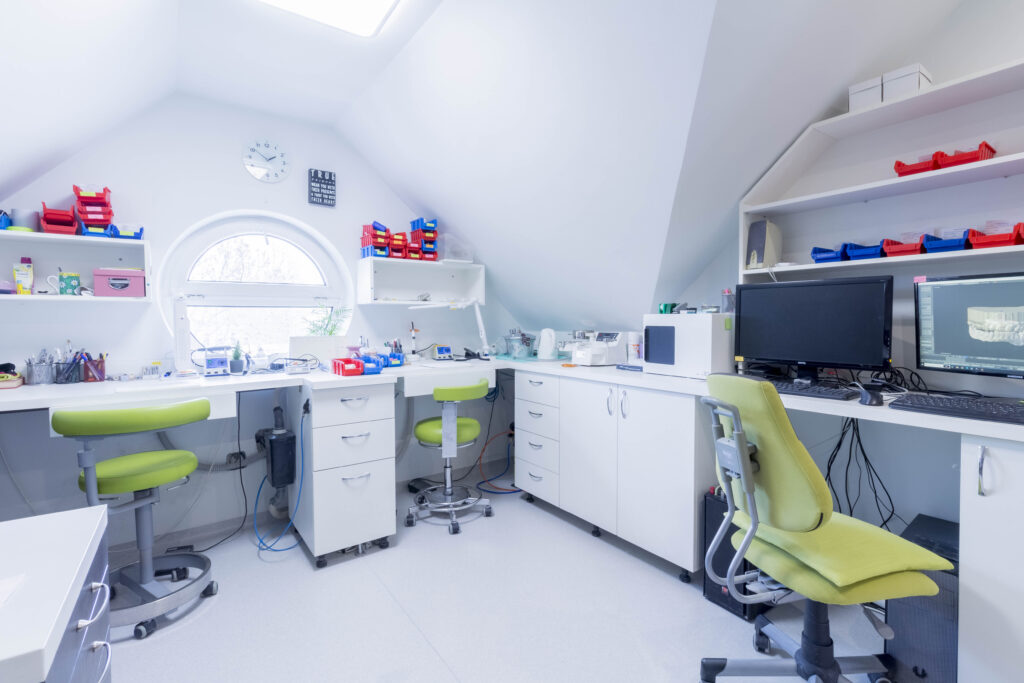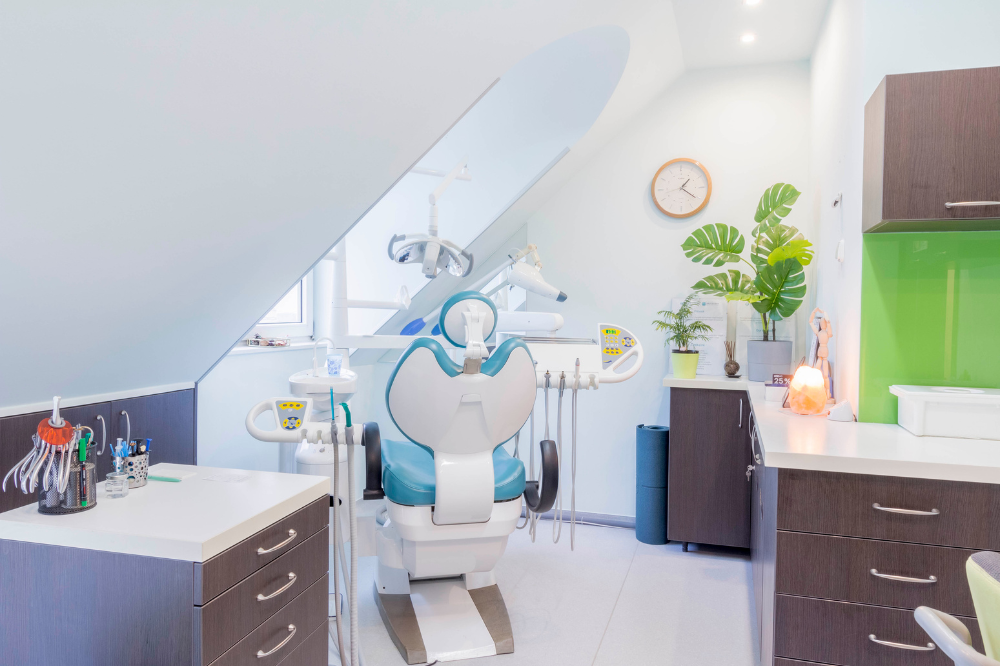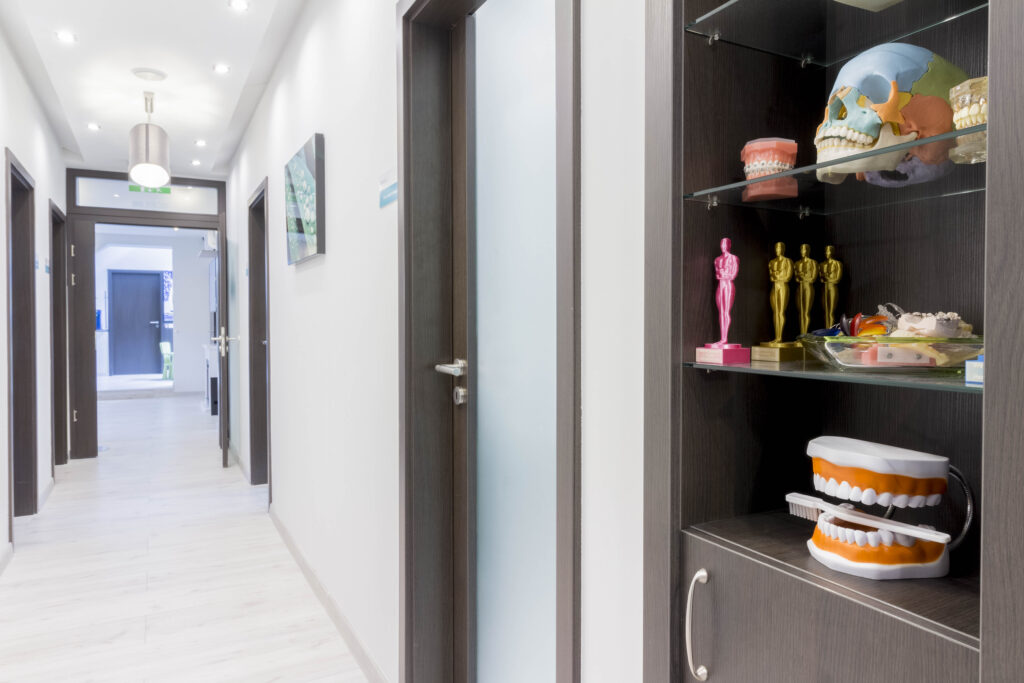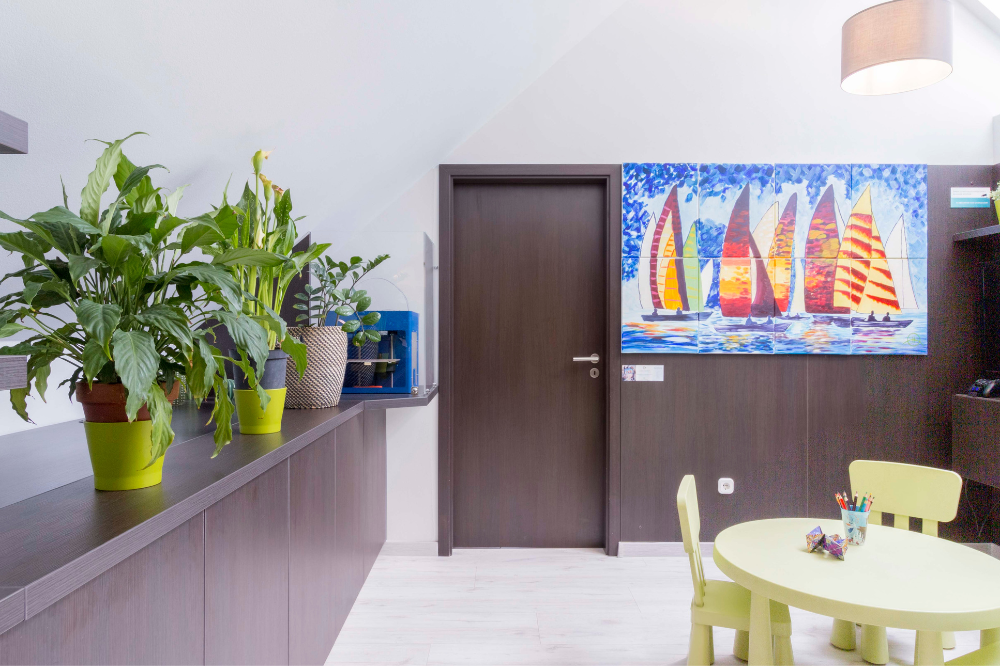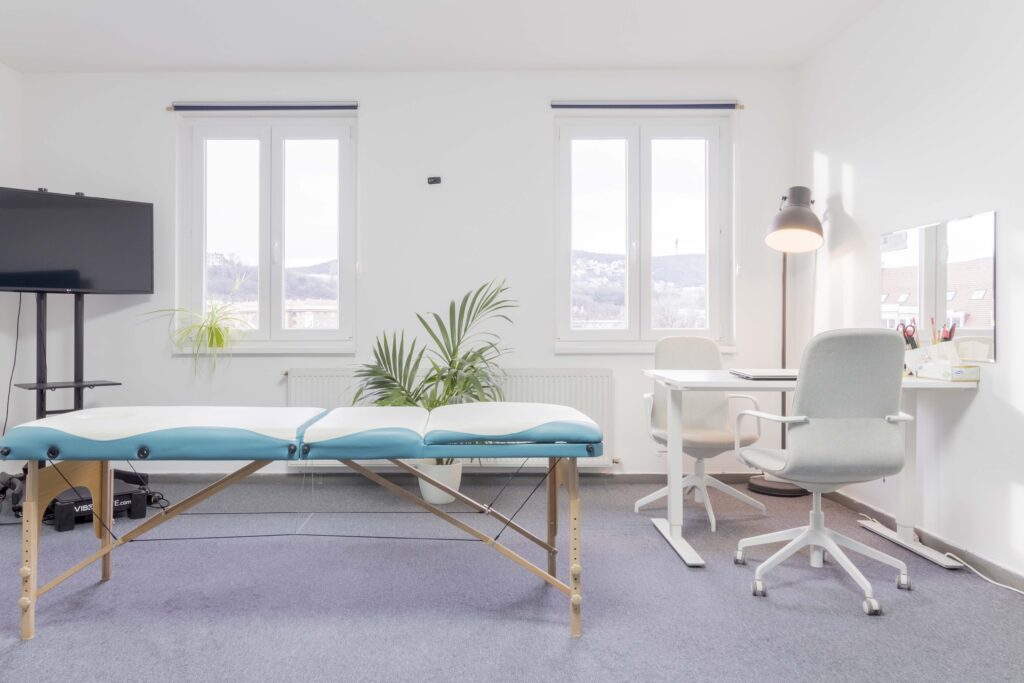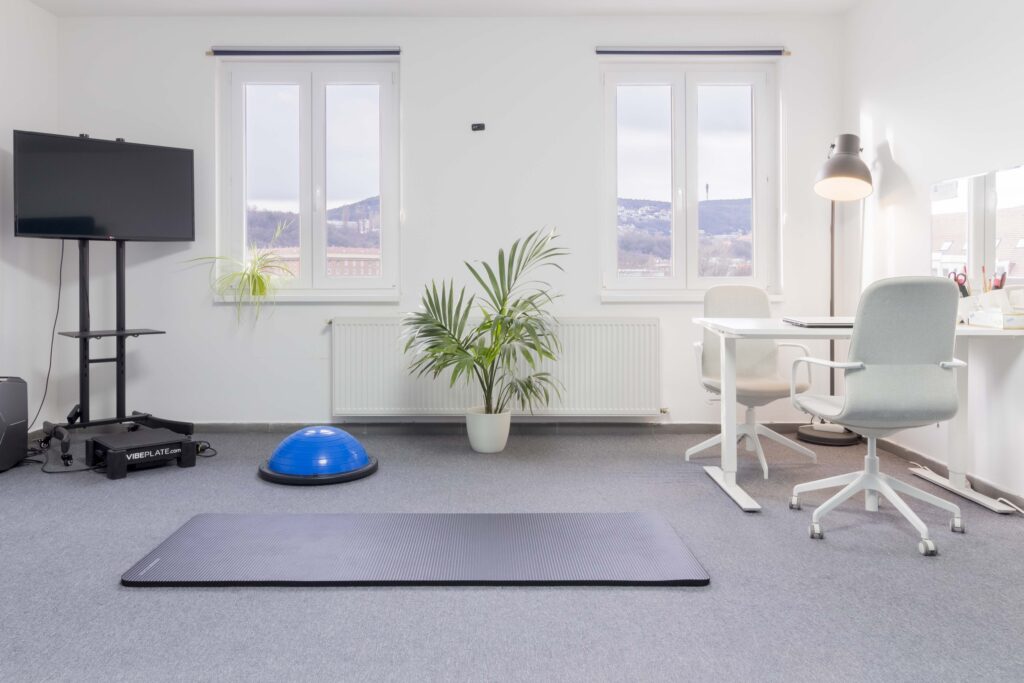Welcome to Hermann Dental and Medical Health Centre! For the health of our patients, all our treatments combine the latest technology with the highest quality health care services.
Welcome to Hermann Dental and Medical Health Centre! For the health of our patients, all our treatments combine the latest technology with the highest quality health care services.
“The preparation, attitude and humanity of the team is unprecedented, outstandingly unique. Every time, I felt that it was really important for them to achieve the best possible result. I have never trusted anyone as much as I trust them. I am infinitely grateful.” /Zsuzsanna Szilveszter /
“The preparation, attitude and humanity of the team is unprecedented, outstandingly unique. Every time, I felt that it was really important for them to achieve the best possible result. I have never trusted anyone as much as I trust them. I am infinitely grateful.”
/Zsuzsanna Szilveszter /
Early childhood, adolescent and adult orthodontic treatment for complex health care
LEARN MORE>>
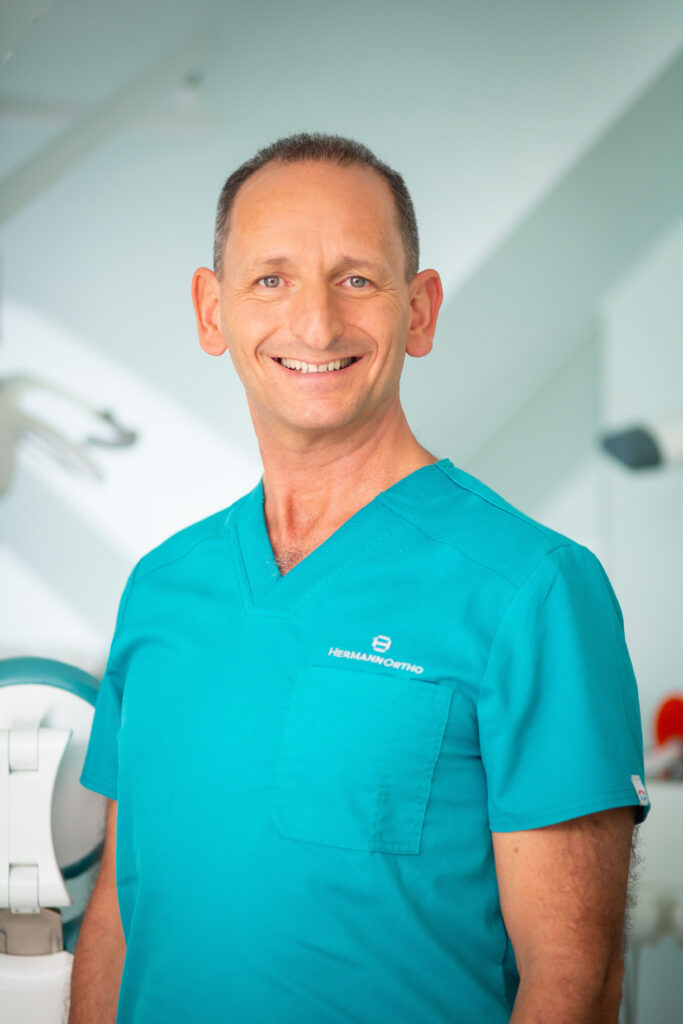
Mission statement
Real, long-term results can only be achieved by taking into account the interconnections of the human body. This is the most important pillar of effective therapy. Once the interconnections have been mapped out, we tailor each treatment to the patient’s individual needs and goals. Thanks to our unique treatments, over 3000 patients have reported significant improvements in their quality of life over the past 30 years.
Real, long-term results can only be achieved by taking into account the interconnections of the human body. This is the most important pillar of effective therapy. Once the interconnections have been mapped out, we tailor each treatment to the patient’s individual needs and goals. Thanks to our unique treatments, over 3000 patients have reported significant improvements in their quality of life over the past 30 years.
A Trustindex hitelesíti, hogy a vélemény eredeti forrása Google. A legjobb szívvel ajánlom. Ha fontos, hogy a fogszabályzás során ne csak az esztétika számítson, hanem számos egyéb tényezőt is figyelembe véve történjen, akkor a legjobb helyen vagy!A Trustindex hitelesíti, hogy a vélemény eredeti forrása Google. The moment you enter the office you know, you made the right decision. Coming here is a highlight and both of my kids are so happy with the results. They also love the fact, that Gabor talked THEM through the whole process ahead and he and whole team treats everyone with such kindness and dignity. Thank you so very much for making this whole journey an enjoyable one for our whole Family!A Trustindex hitelesíti, hogy a vélemény eredeti forrása Google. Really friendly crew. Definitely recommend 👌A Trustindex hitelesíti, hogy a vélemény eredeti forrása Google. Nagyon családias a hangulat a rendelőben és Dr. Hermann Gábor nagyon profi abban amit csinál, az egész csapata nagyon ügyes és segítőkész. A kezelés nem volt feleslegesen hosszú és mindig szívesen megyek hozzájuk az időpontjaimra, minden rossz érzés nélkül. A fogaimmal teljes mértékben elégedett vagyok.A Trustindex hitelesíti, hogy a vélemény eredeti forrása Google. Kijavították azt, amit egy előző orvosom elrontott, és kihozták belőle a maximumot. Ha hozzájuk megyek először, talán foghúzás nélkül is megúszhattam volna a fogszabályozást. Nem olcsó, de máshol lehet, hogy eltolt idővel, és feleslegesen kihúzott fogakkal is fizetsz. Sokat vívódtam magamban, hogy megéri-e ez, főleg, amíg félúton voltunk, de most, végül arra jutottam, hogy nagyon is megérte. Wow, köszönöm! 😁 Ui.: A többiek pozitív hozzászólásaival is egyetértek a profizmust, emberi dimenziót, stb-t illetően, és ezek egyáltalán nem alap dolgok, csak én egy kicsit más értékelést szerettem volna.
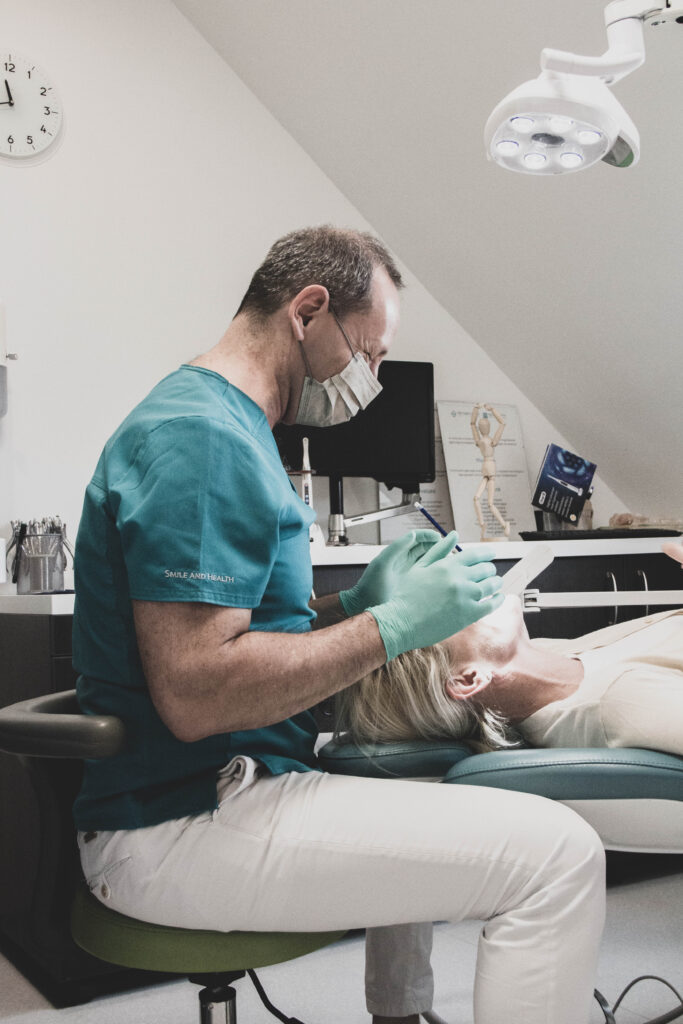
Dr. Hermann Gábor
Dr. Gábor Hermann introduced the definition of health-centred functional orthodontics. Gábor Hermann was the first user and lecturer of various orthodontic techniques in Hungary. He was the European lecturer of the Damon technique, introducing the concept of “soft power orthodontics” in Hungary.
He is a member of the European Society of Sleep Dentistry and the European Society of Sports Dentistry and is currently the president of the international association IFUNA. He founded Hermann Dental and Medical in 2006 and the Neurotrain development centre in 2020. He specialises in complex, health-oriented orthodontics for children and adults, sports dentistry, sleep dentistry and mind-body medicine.
Dr. Gábor Hermann introduced the definition of health-centred functional orthodontics. Gábor Hermann was the first user and lecturer of various orthodontic techniques in Hungary. He was the European lecturer of the Damon technique, introducing the concept of “soft power orthodontics” in Hungary.
He is a member of the European Society of Sleep Dentistry and the European Society of Sports Dentistry and is currently the president of the international association IFUNA. He founded Hermann Dental and Medical in 2006 and the Neurotrain development centre in 2020. He specialises in complex, health-oriented orthodontics for children and adults, sports dentistry, sleep dentistry and mind-body medicine.
In 2024, Dr. Gábor Hermann’s first book was published (in Hungarian) by Jaffa publishing house. The title of the book is Smiles of Winners. It is about the role that the health of our teeth plays in maximising our sporting performance. Click here to read more about the book and to order it.
In 2024, Dr. Gábor Hermann’s first book was published (in Hungarian) by Jaffa publishing house. The title of the book is Smiles of Winners. It is about the role that the health of our teeth plays in maximising our sporting performance. Click here to read more about the book and to order it.
Events where you can meet Dr. Gábor Hermann as a speaker or exhibitor:
- 2025.02.14. Hungarian Coaching Academy (Smile of the Winners: The relationship between dental health and athlete performance)
- 2025.03.03-04. OTE (Sports Medicine (Advanced Course)
- 2025.03.09. MagNet Health Stand up
- 2025.03.28-30. World Dental Exhibition (Cologne Dental Show in Cologne)
- 2025.05.09-10. 2nd International Course on Comprehensive OSA Treatment (Celje, Slovenia)
- 2025.05.17-18. INPP annual training
- 2025.05.22. Sleep Congress (Pécs)
- 2025.05.31. Spine Conference, Lurdi ház
- 2025.06.08. Smart Sport Expo
- 2025.09.28. Movelab Conference
- 2025.10.16. Sleep Dentistry Congress (Dental World)

They have already chosen us

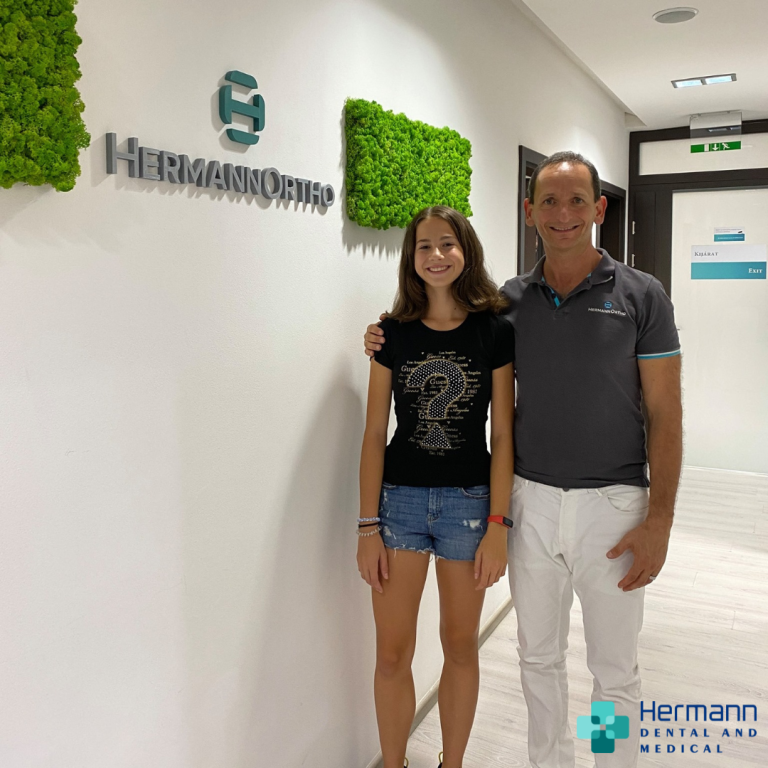

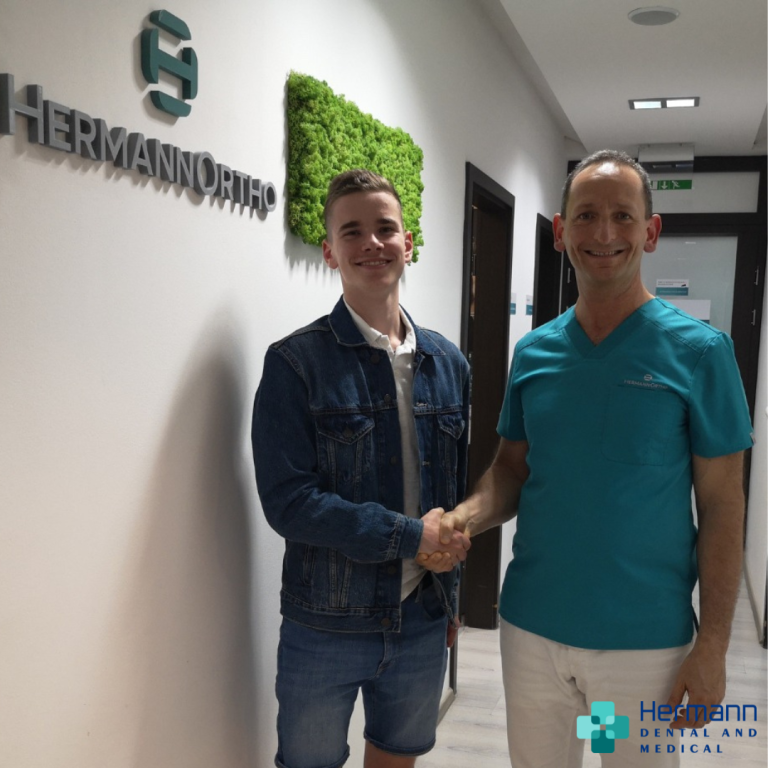
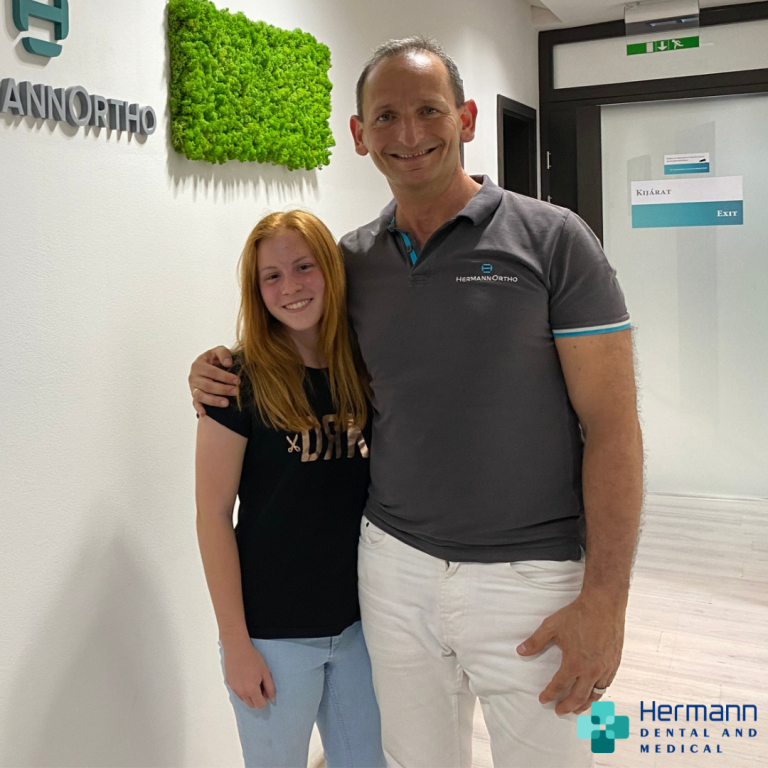
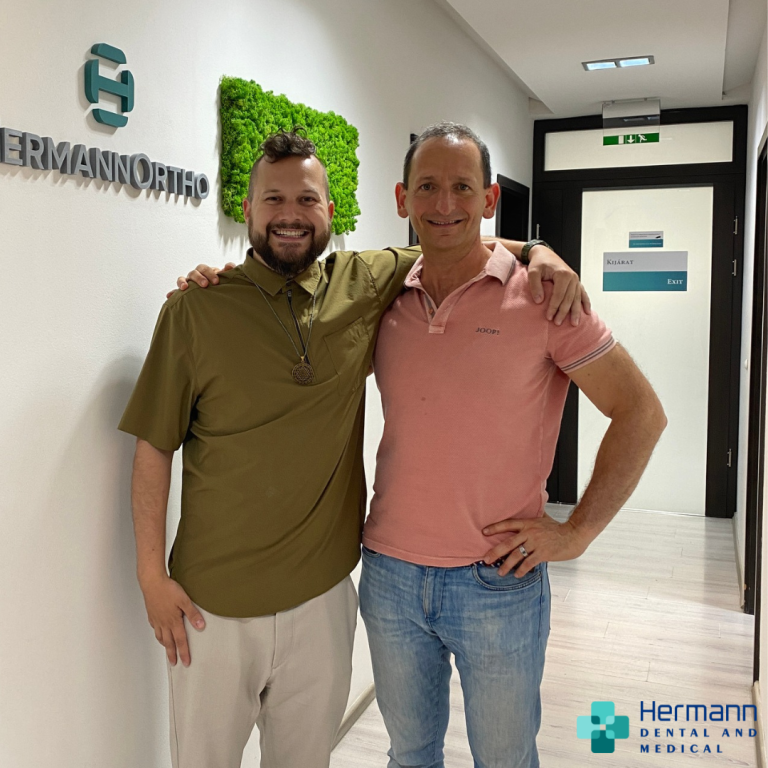

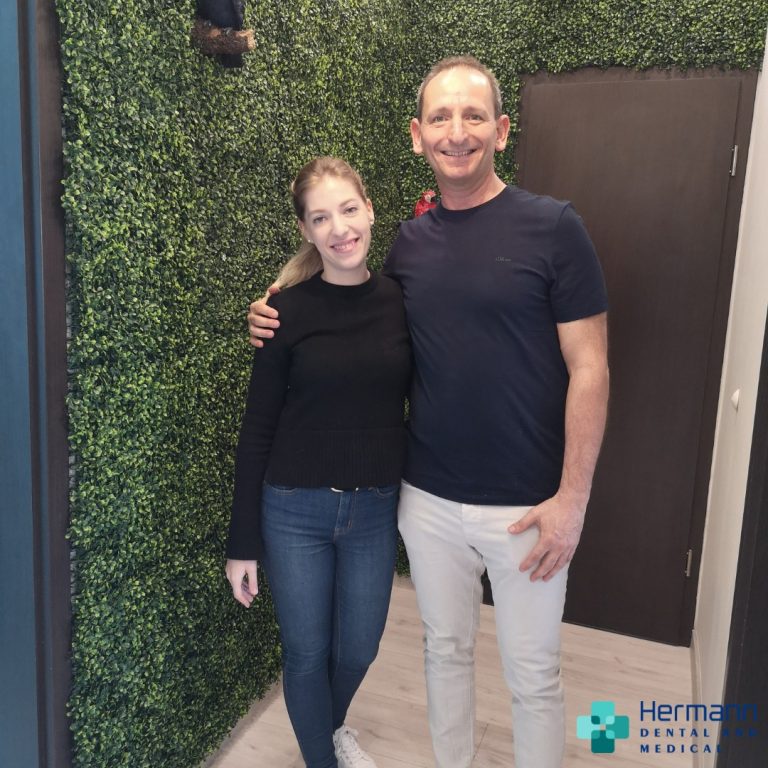



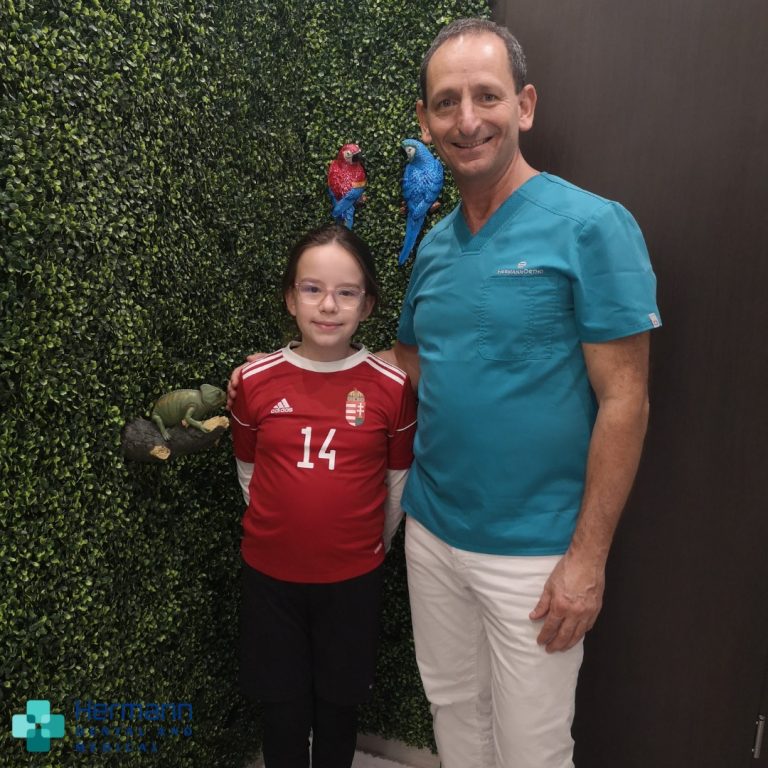
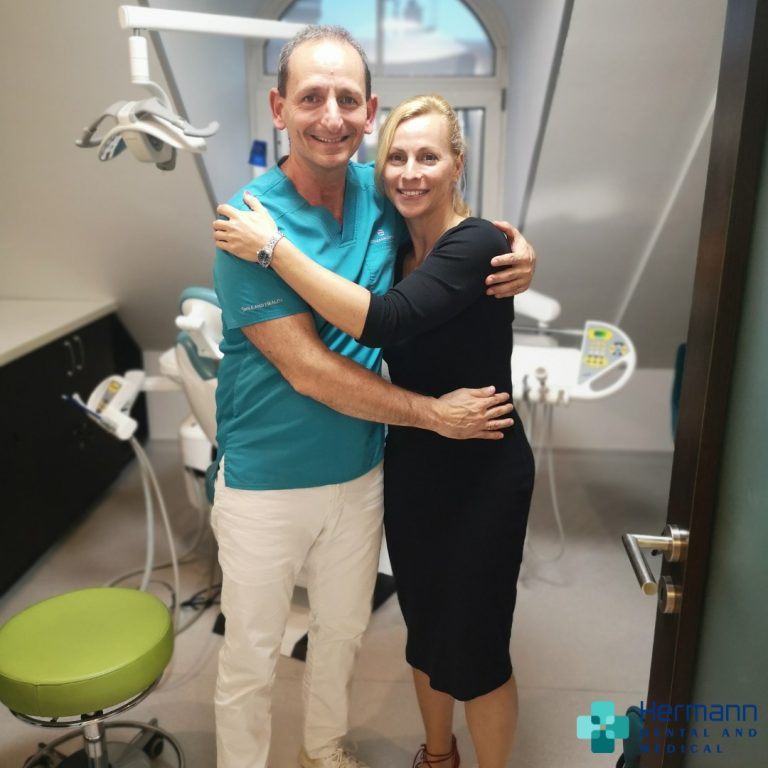
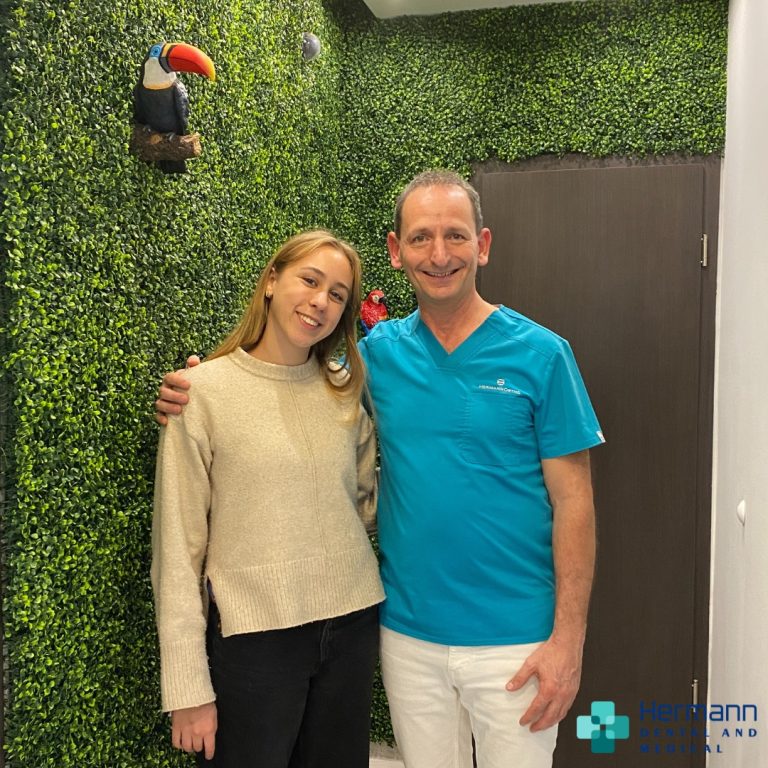
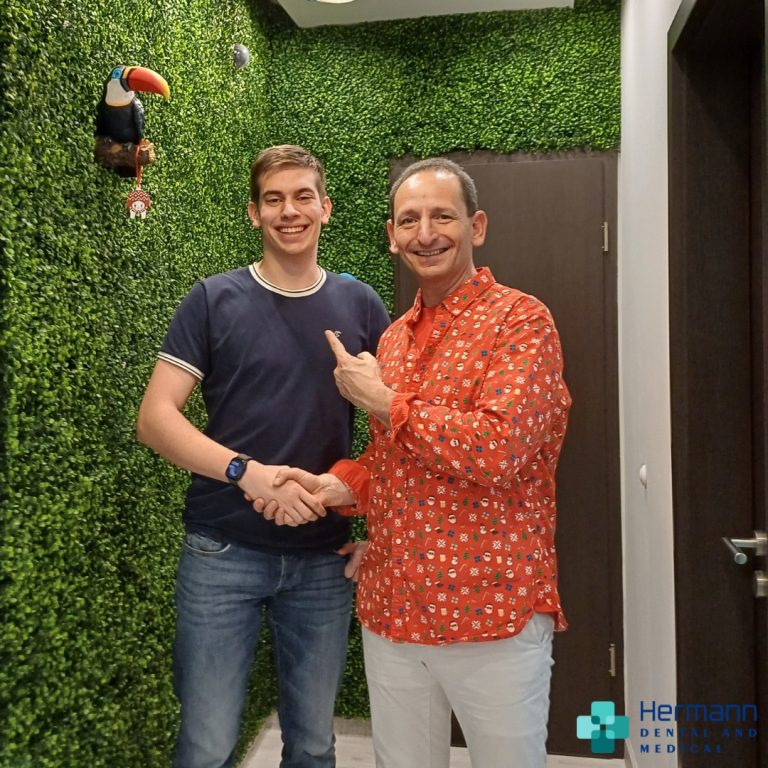
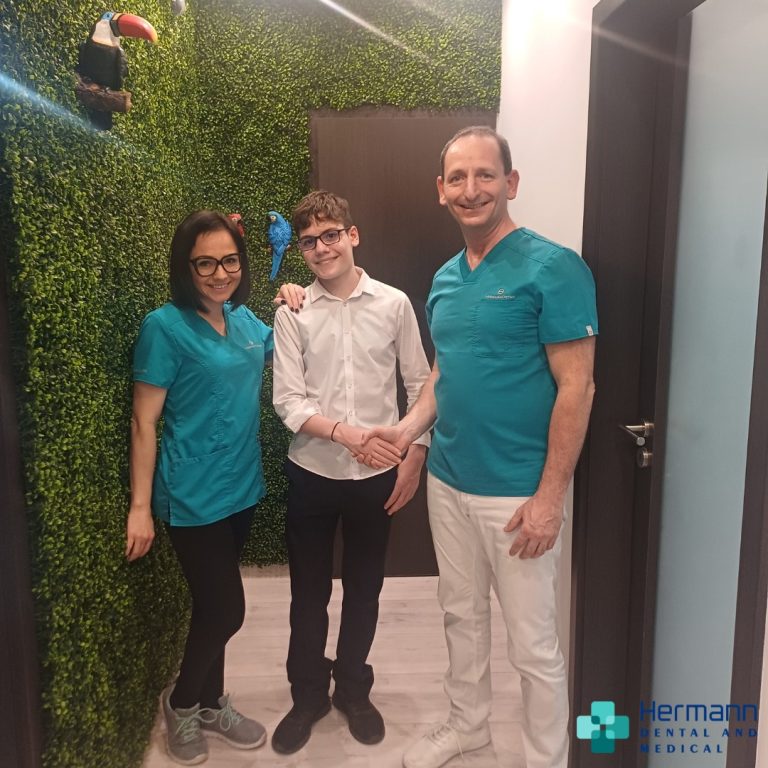
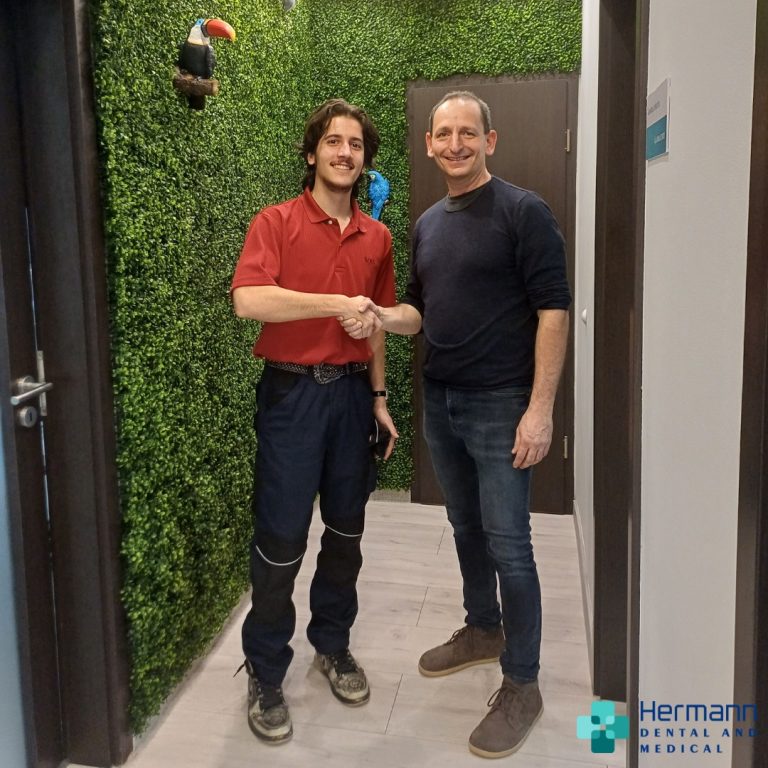
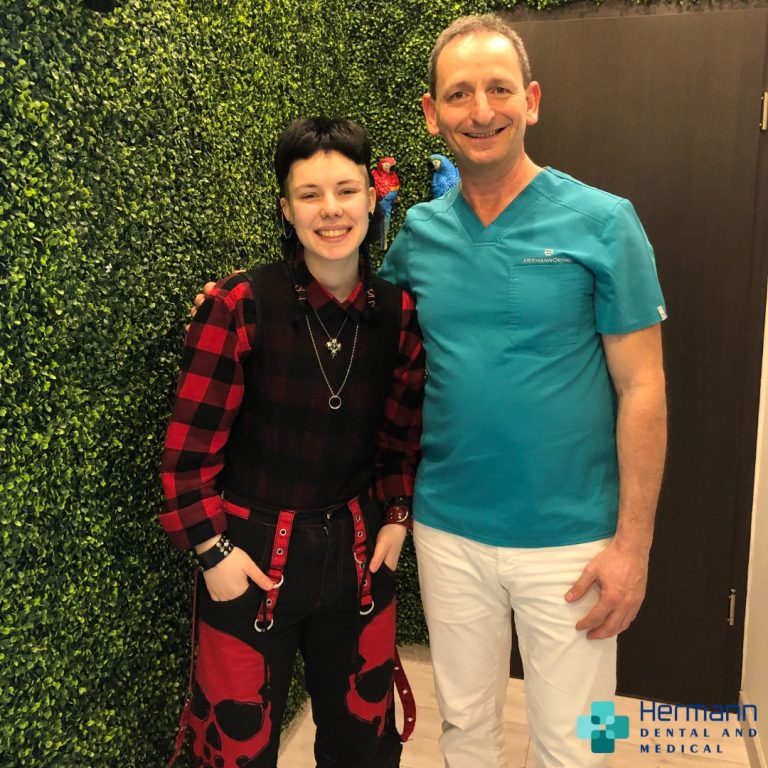
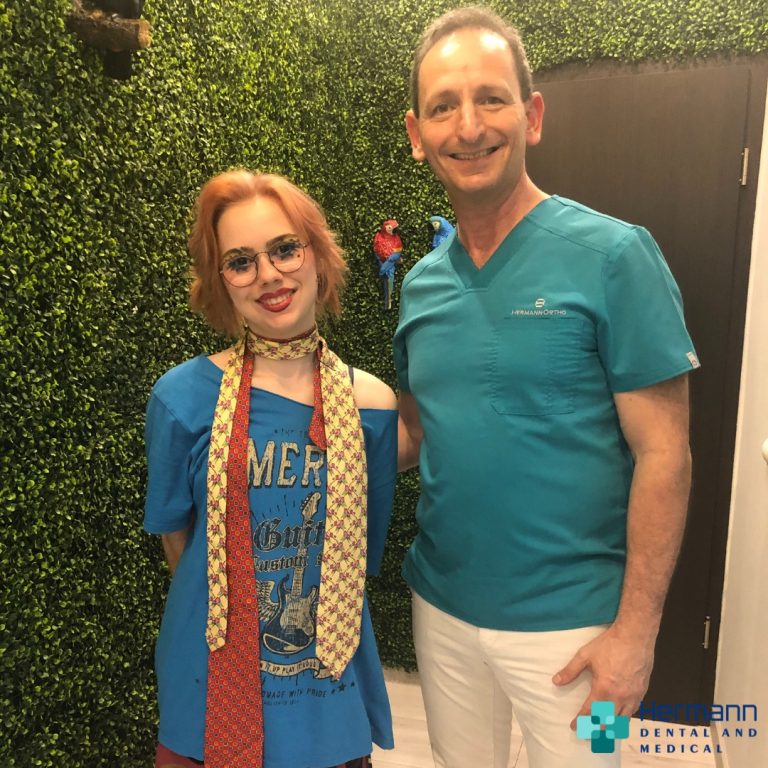

The Hermann Dental and Medical team
The Hermann Dental and Medical Health Centre team is made up of dedicated, respected professionals who believe in achieving results together. The doctor is supported by excellent dental hygienists, a patient coordinator and, if necessary, a speech therapist and physiotherapist, as functional treatments can only be successful with the help of specialists. If necessary, we also work with a sleep doctor and an ear, nose and throat specialist to ensure the success of the treatment.
The Hermann Dental and Medical Health Centre team is made up of dedicated, respected professionals who believe in achieving results together. The doctor is supported by excellent dental hygienists, a patient coordinator and, if necessary, a speech therapist and physiotherapist, as functional treatments can only be successful with the help of specialists. If necessary, we also work with a sleep doctor and an ear, nose and throat specialist to ensure the success of the treatment.
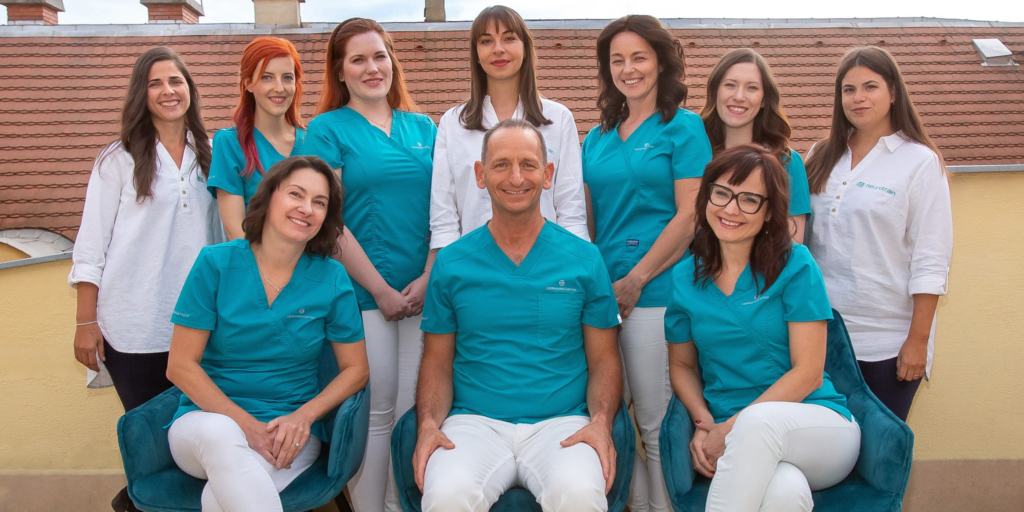
Make an appointment
HermannOrtho Professional Orthodontics
- Address: 1036 Budapest, Bécsi út 85. Staircase B, 5th floor
- Phone: +36-1 306-78-46
- E-mail: info@hermannortho.hu
- Opening hours: Monday: 09:00-14:00 / Tuesday: 09:00-19:00 / Wednesday: 09:00-17:00 / Thursday: 09:00-19:00
Neurotrain Development Programmes
- Address: 1036 Budapest, Lajos utca 91. 3. floor /1.
- Phone: +36 1 306 78 46
- E-mail: info@neurotrain.hu
- Opening hours: Tuesday and Thursday: 13:30-19:00






